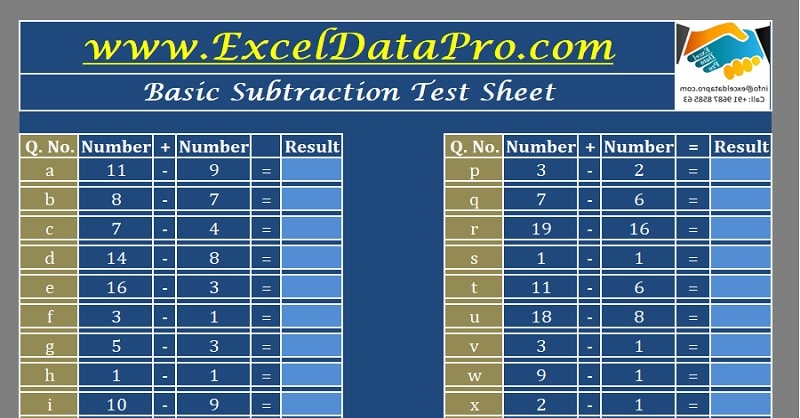

This is because the first text here, “Quarters!$E$”, simply prints exactly as-is within the Excel function.Īnd then the MATCH($B4,Quarters!$B$1:$B$51,0) function finds the row position of the text we’re searching for in the “Quarters” spreadsheet, which is 9 in this case. The first part starts building the text for Quarters!$E$9:$T$9:

What does this do in the context of this Excel practice test? We’ll replace the Quarters!$E$9:$T$9 part with the following: The syntax here gets a bit tricky because we’ll need to join together several parts to create a new version of the formula above, but here’s the basic approach:įirst note, that double quotes (” “) indicate text within functions such as MATCH inside the INDIRECT function, and the ampersand symbol (“&”) joins text with functions. So, we can’t just “substitute in” one or several MATCH functions for the Quarters!$E$9:$T$9 range and be done with this Excel practice test.īut there is one exception: we can use the INDIRECT function to create a variable reference to another spreadsheet. The problem is that Excel only allows us to reference fixed ranges of rows and columns in spreadsheets… such as B10:E19 or E9:T9. To make this part flexible, we need to match the text on the left to the same text in the quarterly data and then move down that number of rows.įor example, in this first row, we could write this formula to do it:īut it’s not as simple as just inserting this MATCH function into the SUMIFS formula above.
PRACTICE BEGINNER EXCEL TEST UPDATE
This is a good start, but the problem is that since Quarters!$E$9:$T$9 refers to the summation range, we’ll have to update that and make row 9 into row 16, row 23, and so on, as we move down: Here’s what it looks like in Excel for the first row: In this case, let’s start with a SUMIFS formula so that we can capture the quarterly data by date: Instead of trying to write one formula all at once, break it into smaller pieces and build up to something more flexible by the end.Īt each stage of the process, you want to have a functional formula in Excel – that way, even if you don’t finish it perfectly, you’ll still get credit for the work you did.

So, how would you write a single formula to accomplish this? Excel Practice Test: Recommended Approach The quarterly sheet is called “Quarters” and the annual sheet is called “Summary”. Here’s a partial screenshot of the data from the blank Excel file above:

Here’s a real-life example submitted by one of our students:Įxcel Practice Test Prompt: “Review the quarterly real estate data for this apartment complex with 4 units, and write a SINGLE formula to retrieve everything on an annual basis.” Often, interviewers will ask you to write a single formula that accomplishes a task elegantly rather than having to modify a formula slightly each time you use it.įor example, In in many cases, you could write simple SUM formulas to sum up cells manually, but it’s far more robust to use the SUMIFS function so that you can check the dates and include only the matching quarterly or monthly data for the year you’re in.īut to make the function truly flexible so that you can copy and paste it down and around and use it to sum up data for different rows, you must use the MATCH and INDIRECT functions. If you want to get an Excel practice test with simpler multiple choice questions, please see our BIWS Certificates page and look at the PDFs under “Excel & VBA” there.īut if you want a much more challenging Excel practice test that requires you to write real formulas in Excel, keep reading. When it comes to Excel practice tests in interviews, the key is to have a solid knowledge of key Excel functions, such as SUMIFS, INDEX/MATCH, INDIRECT, and HLOOKUP/VLOOKUP, and then combine that knowledge with a lot of practice.


 0 kommentar(er)
0 kommentar(er)
